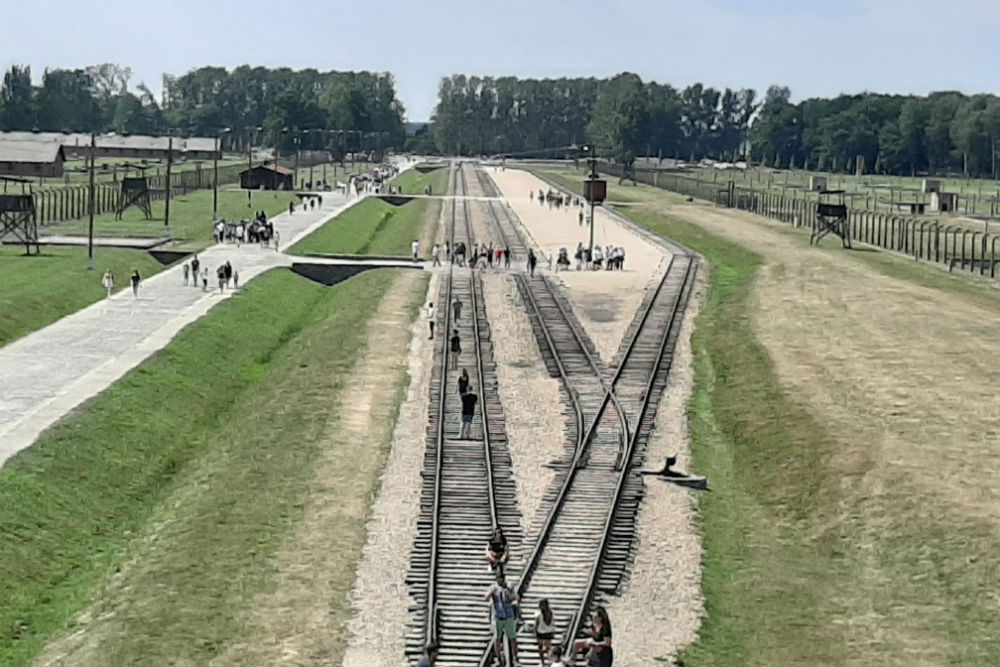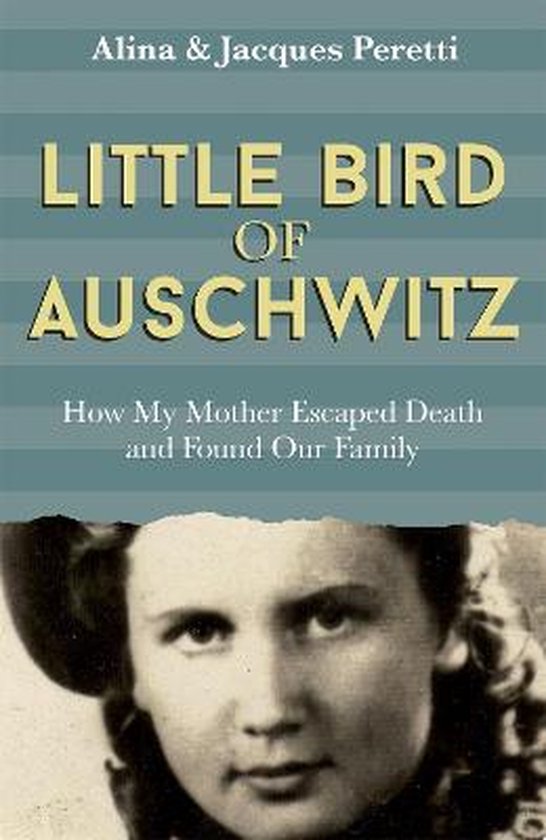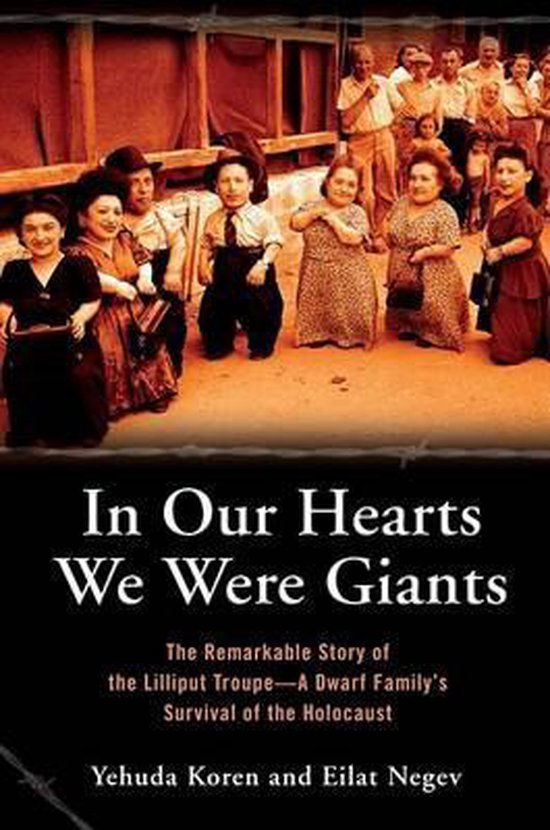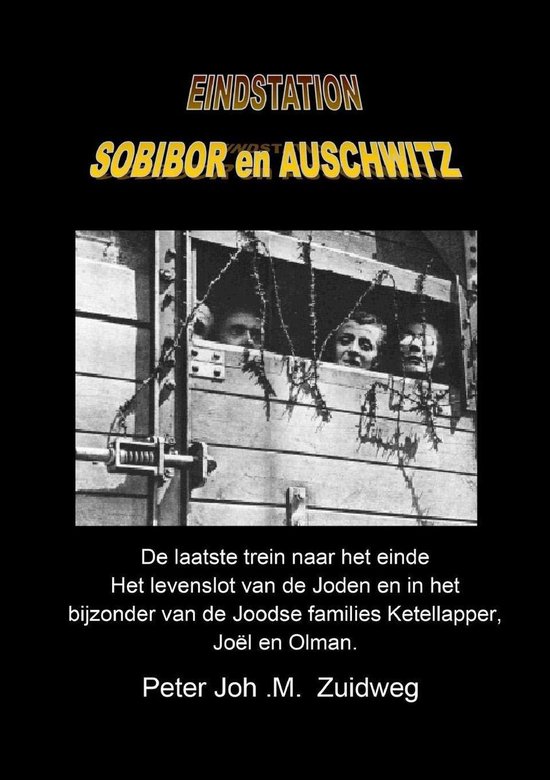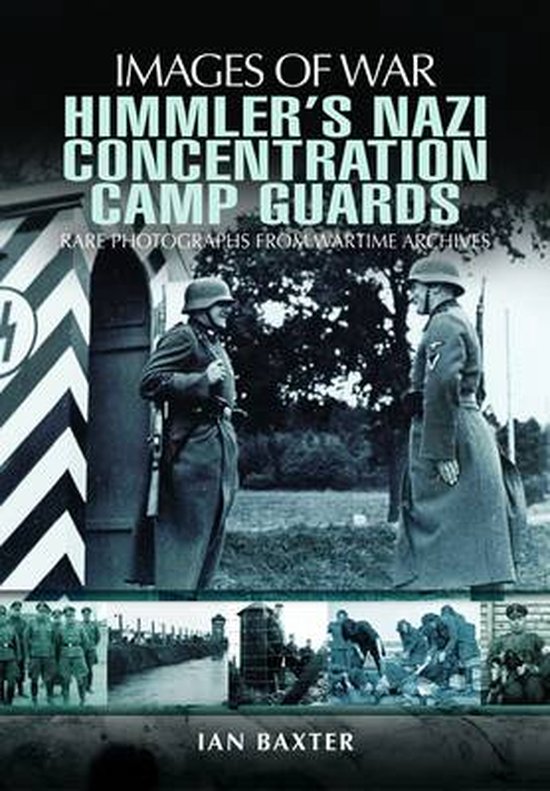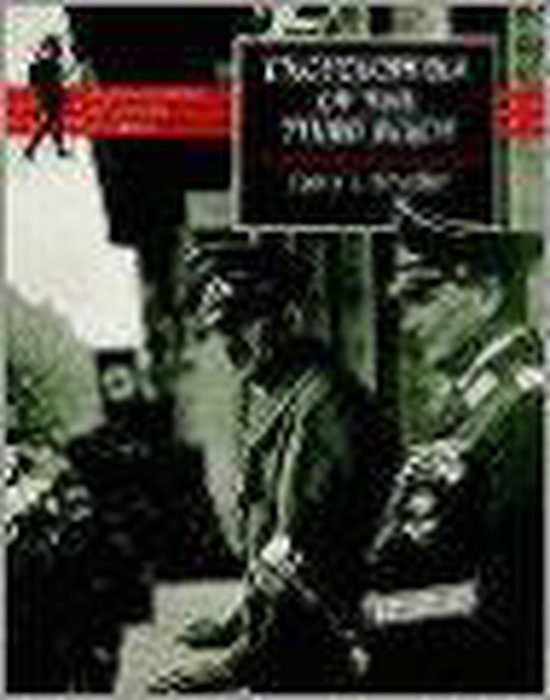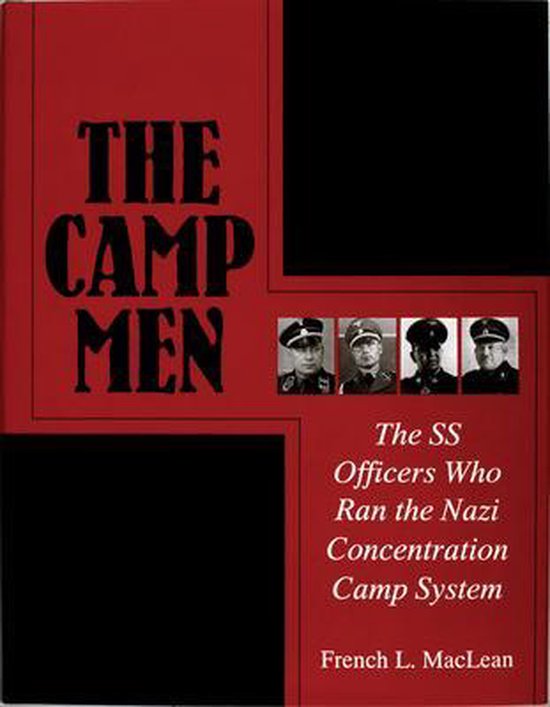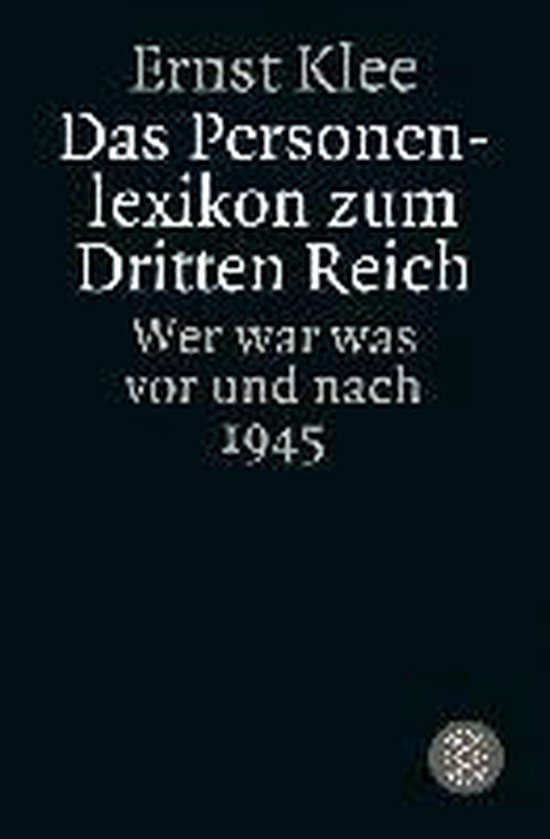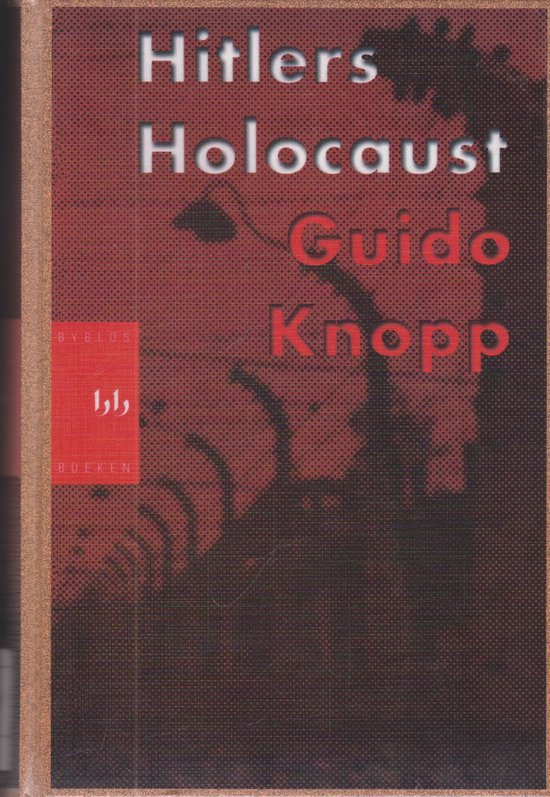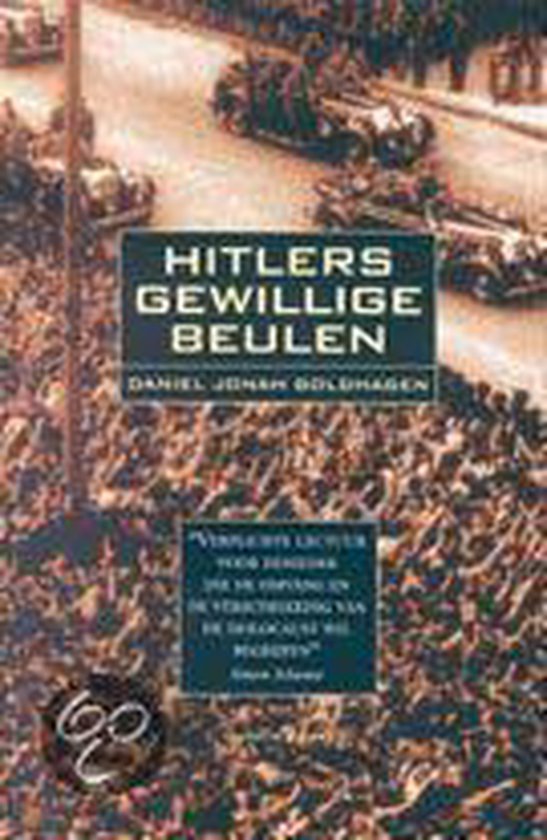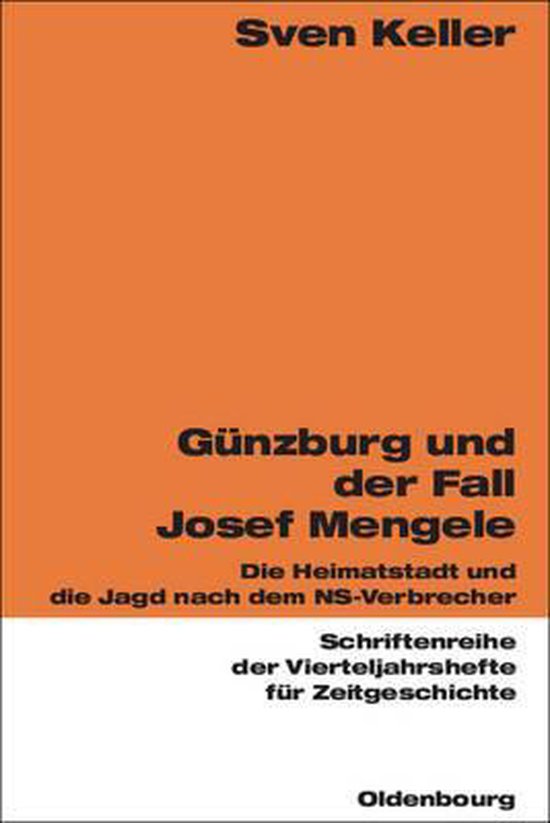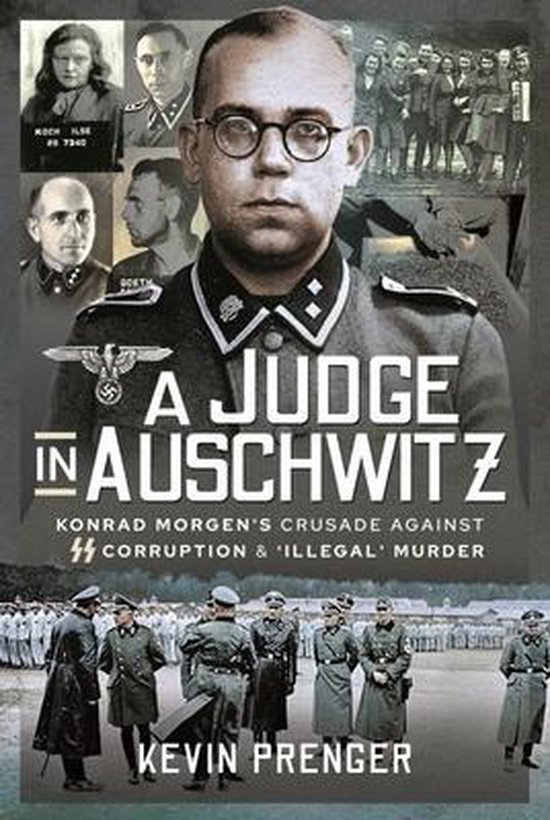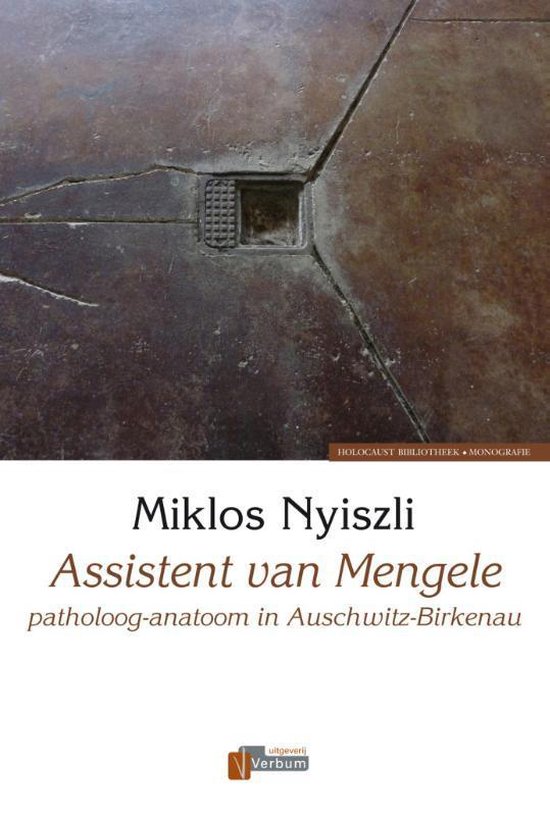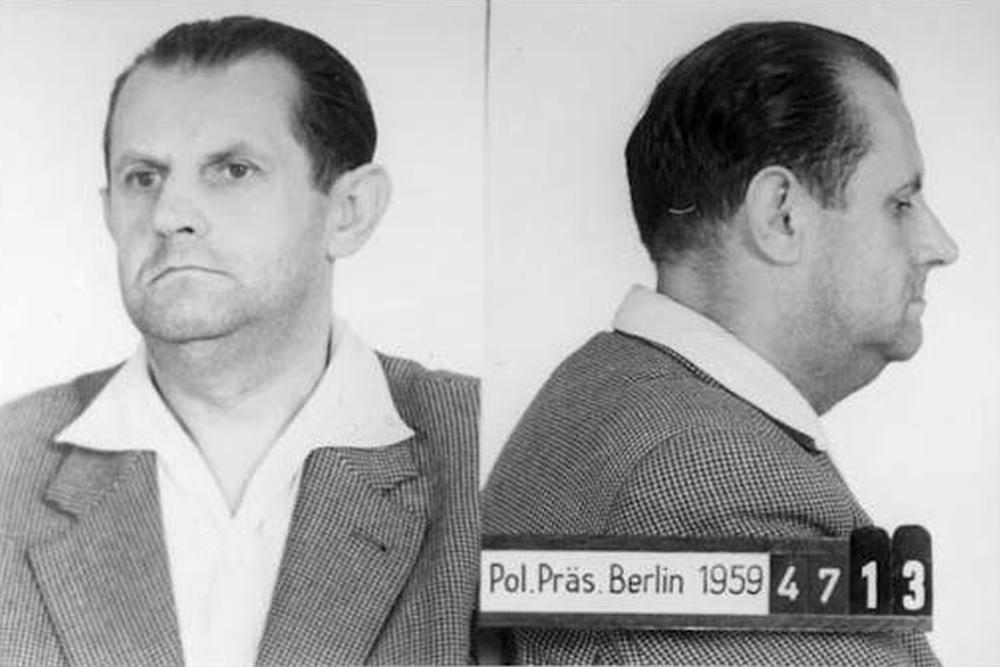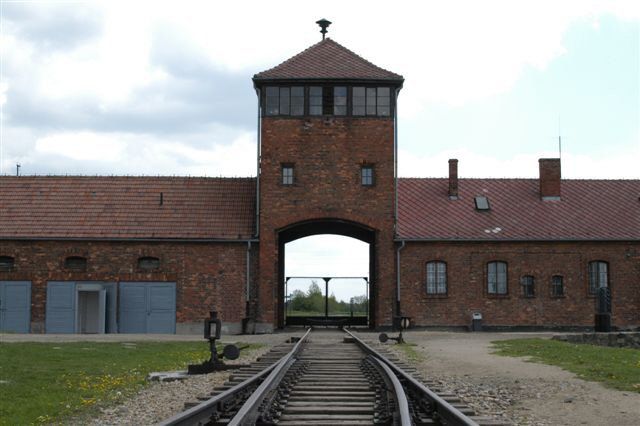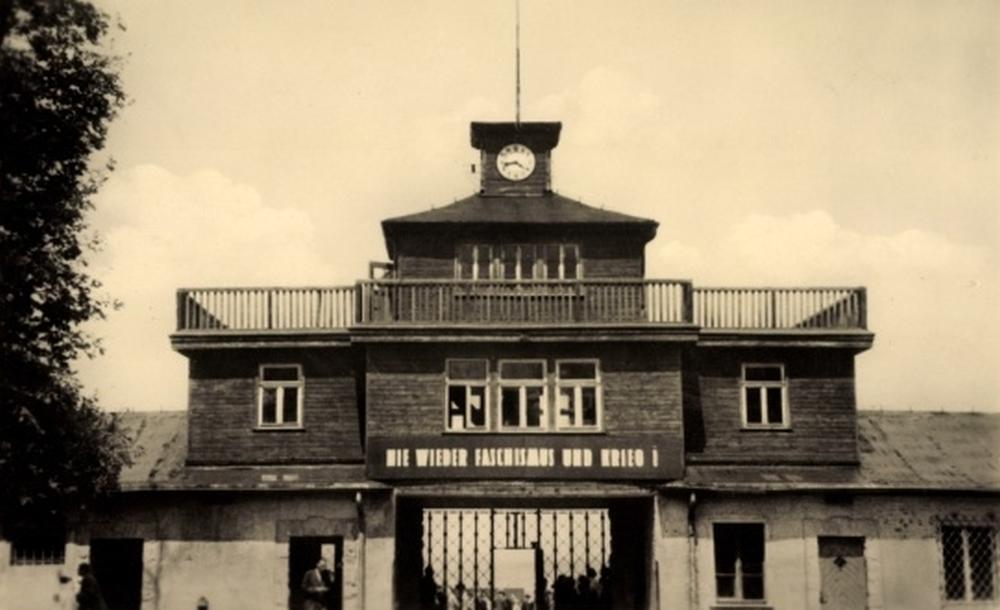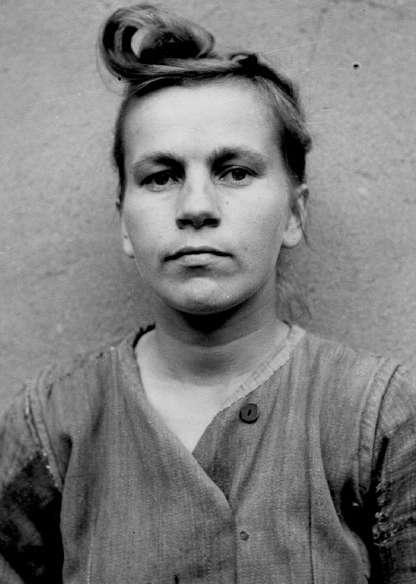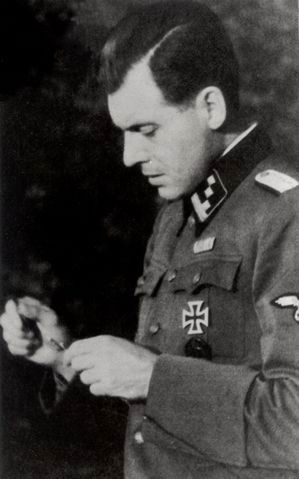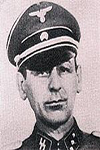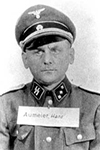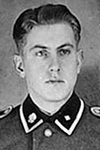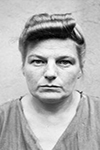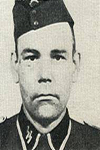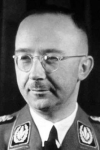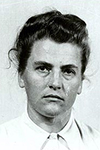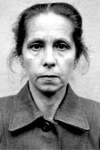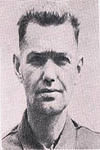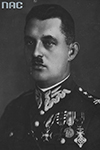Concentration Camp Auschwitz II (Birkenau)
All over the world, Auschwitz has become a symbol of terror, genocide and the Holocaust. It was established by the Nazis in 1940, in the suburbs of Oswiecim, a Polish city that was annexed to the Third Reich by the Nazis. Its name was changed to Auschwitz, which also became the name of Konzentrationslager Auschwitz.
The camp was established in mid-1940, more than a year before the Germans embarked upon the "Endlösung der Judenfrage" (Final Solution of the Jewish Question) - the plan, systematically carried out, to murder all the Jews living in the countries occupied by the Third Reich. The direct reason for the establishment of the camp was the fact that mass arrests of Poles were increasing beyond the capacity of existing "local" prisons.
Beginning in 1942, Auschwitz began to function in another way. The second camp, Auschwitz - Birkenau, became the center of the mass destruction of the European Jews. The Nazis marked all the Jews living in Europe for total extermination, regardless of their age, sex, occupation, citizenship, or political views. They died only because they were Jews. After the selections conducted on the railroad platform, or ramp, newly arrived persons classified by the SS physicians as unfit for labor were sent to the gas chambers: the ill, the elderly, pregnant women, children. In most cases, 70-75% of each transport was sent to immediate death. These people were not entered in the camp records; that is, they received no serial numbers and were not registered. This is why it is possible only to estimate the total number of victims.
Historians estimate that among the people sent to Auschwitz - Birkenau there were at least 1,100,000 Jews from all the countries of occupied Europe, over 140,000 Poles (mostly political prisoners), approximately 20,000 Gypsies from several European countries, over 10,000 Soviet prisoners of war and over ten thousand prisoners of other nationalities. The majority of the Jewish deportees died in the gas chambers immediately after arrival.
The overall number of victims of Auschwitz - Birkenau in the years 1940-1945 is estimated at between 1,100,000 and 1,500,000 people. The majority of them and above all the mass transports of Jews who arrived beginning in 1942, died in the gas chambers.
The total overview of the gas chambers and crematoriums is as follows:
The gas chamber / crematorium 1 (Auschwitz I).
The bunker 1, known as the little red house. (Auschwitz II).
The bunker 2, known as the white house. (Auschwitz II).
The gas chambers / crematoriums 2, 3, 4 and 5. (Auschwitz II).
Despite the efforts of the SS to erase the traces of their crimes, enough remains remain to properly portray this horrible crime.
There is a very impressive pond where all the ashes of the victims of crematorium 4 and 5 were dumped.
Travel tip [/ b]
After the relatively difficult visit to Auschwitz, you can combine your trip with a visit to Cracow (Polish: Krakow). The medieval town square is one of the largest in the world. It is also worth your time to visit the enamel factory of Oskar Schindler on the other side of the river Wisla. Scenes for the films Schindlers List and The Pianist were shot in this district.
Finally [/ b]
The [url = http: //www.auschwitz.nl] Nederlands Auschwitz committee [/ url] provides a group trip to Auschwitz once a year in November with survivors / descendants and interested parties.
Every year the liberation of Auschwitz is commemorated on January 27th at the Auschwitz monument in the Wertheimpark in Amsterdam.
For current visiting hours, please visit the website of the museum.
Do you have more information about this location? Inform us!
Source
- Text: Lars van Lier & Auschwitz-museum
- Photos: Kenneth van Cauter (1), Marco Hilgers (2), Lennard Bolijn (3, 4, 5)
Related books
Oswald Kaduk, ‘Papa Kaduk’ or a monster??
When Oswald Kaduk was called a swine on April 6, 1964, the news spread like wildfire all over the world. The insult was made in Frankfurt am Main, in a hall converted into a courtroom. Here, 22 men stood trial for crimes they had committed in the concentration and extermination camp Auschwitz during the war. The man who was insulted was one of them. Between 1942 and 1945 he had grown into one of the most feared and brutal guards in the Nazi camp in Poland. ‘Outburst stirs Auschwitz Trial,’ the New York Times reported the next day. According to a reporter, someone in the audience had disturbed the trial by yelling loudly ‘beat that swine to death,’ referring to Kaduk.
Nearby
Museum
- Sauna Building Auschwitz II (Birkenau) - Brzezinka
- Concentration Camp Auschwitz I - Oswiecim
- Castle Zamek Oswiecim - Oswiecim
Point of interest
- Auschwitz II Forest Waiting Place - Brzezinka
- Remains Gas Chamber 5 Auschwitz II (Birkenau) - Brzezinka
- Remains of Gas Chamber 4 Auschwitz II (Birkenau) - Brzezinka
Monument
- The Little Red House Concentration Camp Auschwitz ll - Brzezinka
- Memorial Victims of Fascism Concentration Camp Auschwitz ll - Brzezinka
- Memorial Stone Chaim Herzog Auschwitz I - Oswiecim

